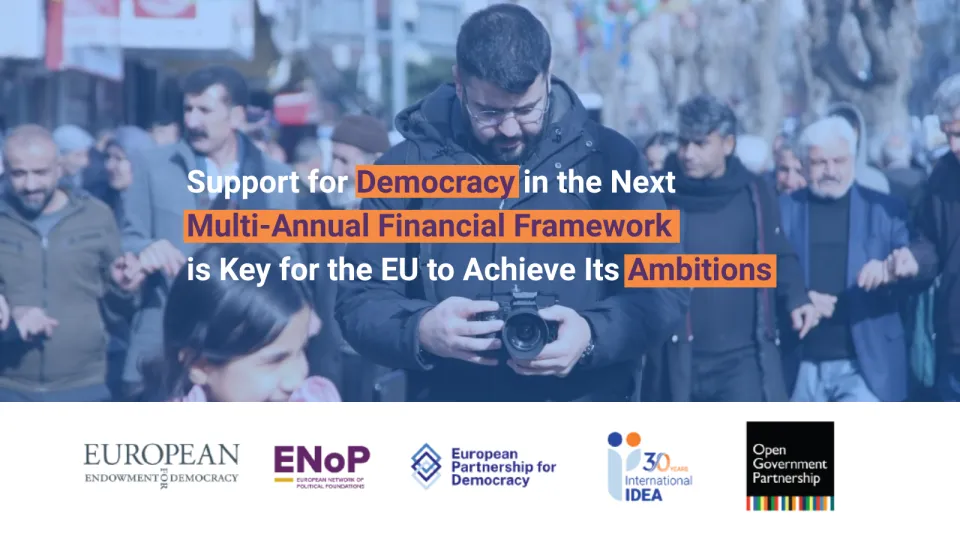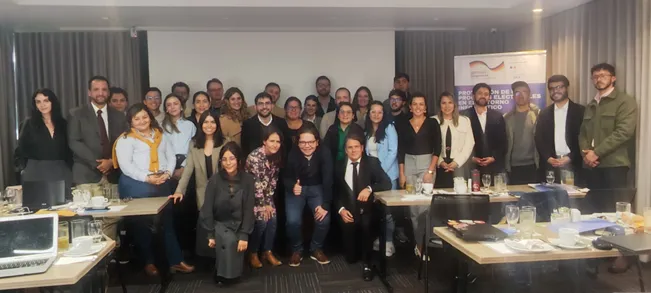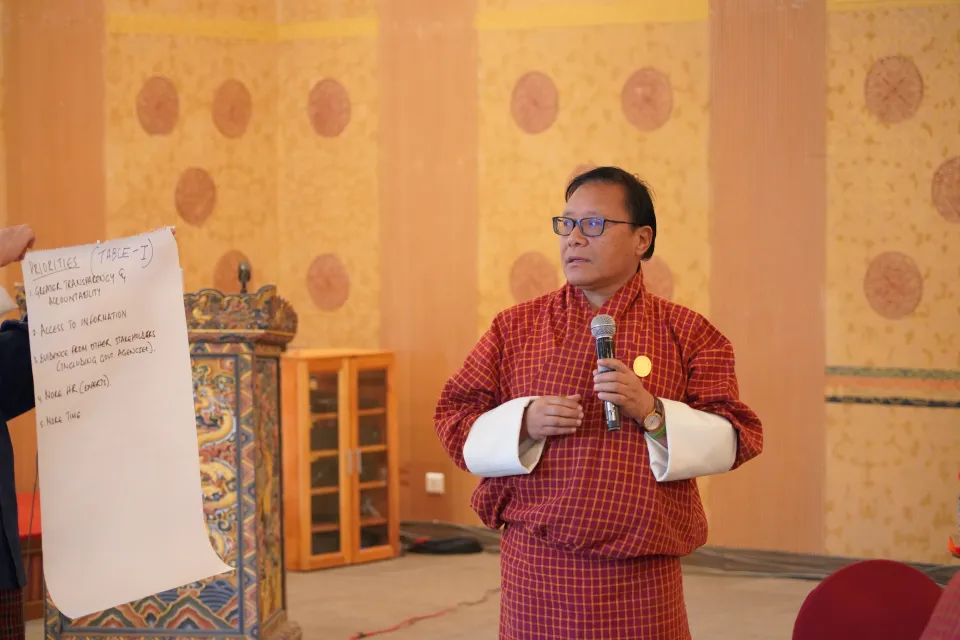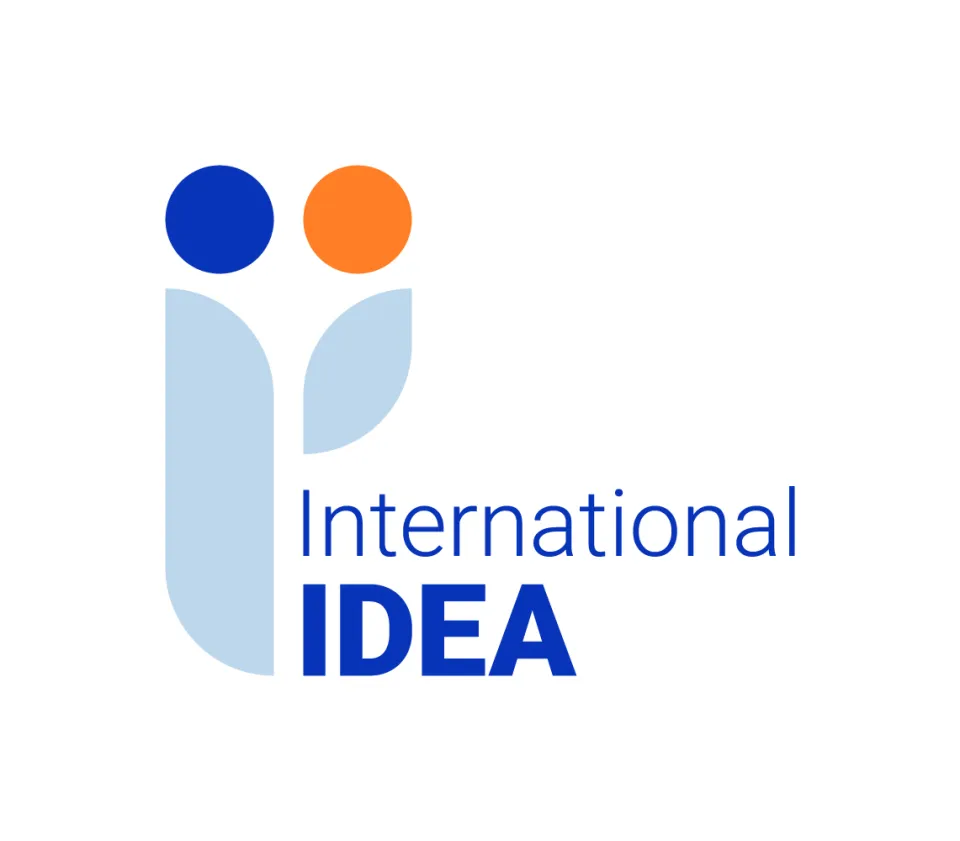Voting twice during a pandemic: Lessons from Queensland, Australia
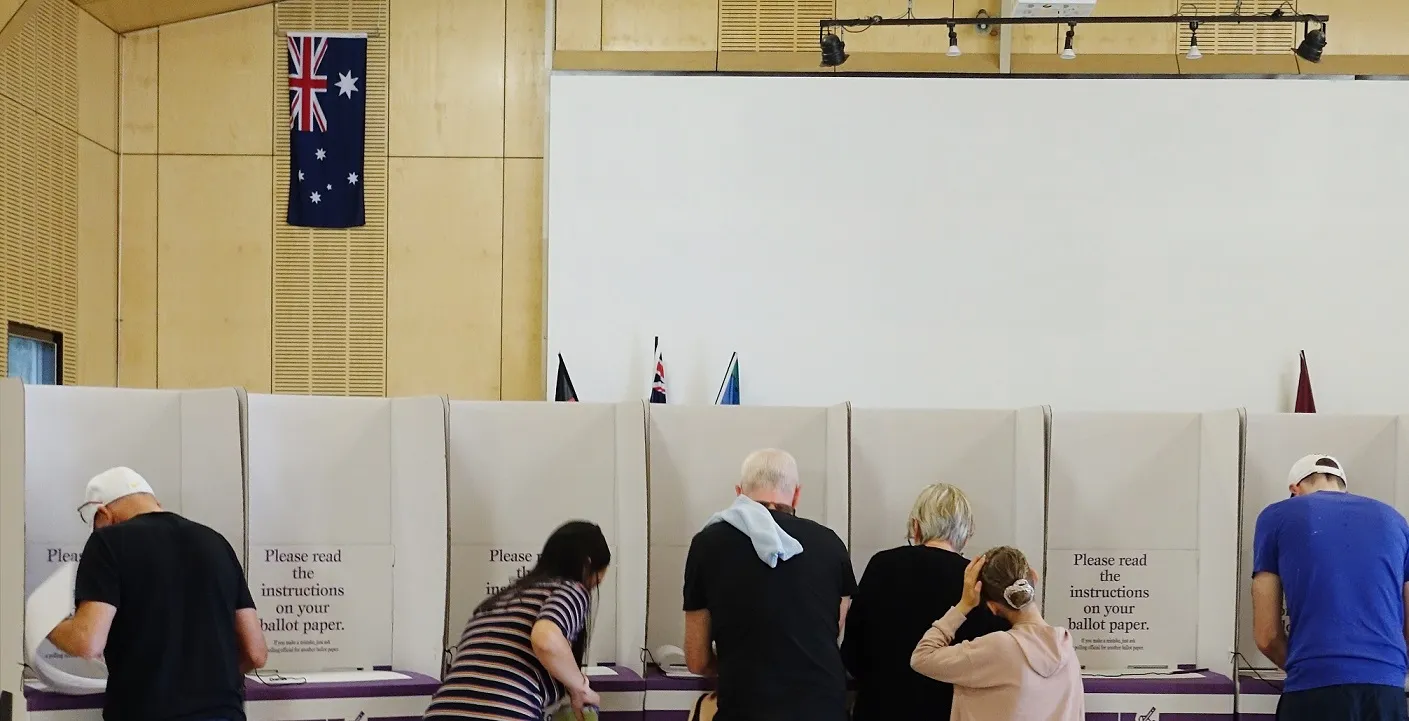
The Queensland (QLD) state election on Saturday 31 October 2020 was remarkable on several fronts. It was the first election in the state and Australia. The two leading candidates from the Australian Labor Party (ALP) and the Liberal-National Coalition (LNP) were females, Annastacia Palaszczuk and Deb Frecklington, respectively. In this election, surveys also predicted a close contest among the main parties. But the results proved polls wrong and granted Palaszczuk a third consecutive term. Furthermore, and more importantly, it has been rarely mentioned that QLD is one of the few states in the world to hold two elections amid the pandemic: local in March and state in October. This is especially relevant because elections have not only been postponed around the world but also within Australia. The local government elections in the neighbouring state of New South Wales (NSW) that were originally scheduled for September 2020 were moved to September 2021.
Disclaimer: Views expressed in this commentary are those of the author. This commentary is independent of specific national or political interests. Views expressed do not necessarily represent the institutional position of International IDEA, its Board of Advisers or its Council of Member States.
In March, the local elections were held in the peak of the pandemic in QLD: there were 70 declared cases the very same day of the election, which was the second-highest figure after the 78 declared four days earlier. At that time, there were 625 total cases declared. As of 11 November 2020, there have been 1179 cases and six deaths. Despite the pandemic being seemingly under control, delivering two elections in the midst of a global health crisis brings a wealth of practical knowledge that is not only useful for the rest of the country but also internationally. Australia has compulsory voting: citizens must participate. The fine for non-voting in the state election was 133 AUD (97 USD). But voting needs to be safe for citizens, election organisers and campaign workers. Below, I will highlight some lessons that, a priori, can be exported for elections worldwide.
Before doing so, it is worth emphasising that the QLD state election relied on a full preferential voting system in all its 92 seats. This means that the 3.3 million voters must rank all the candidates that run in their district to have their vote counted. So, for example, in my district of Miller, there were 7 candidates aiming to obtain the seat. The different parties provided with instructions on how to rank the preferences—from 1 to 7—of the ballot. As you will read below, this has implication for the counting process.
Lesson 1. When early voting is easily available, citizens use it
Early voting is an option that has been available for a while in Australian elections. In this election, it has been used extensively. Following the March experience, the Electoral Commission QLD (ECQ) enabled approximately 200 early voting centres to open for eleven days from 19 October and closing on 30 October. Compared to the previous state election, polling hours and days were extended. On election day, there were 1300 voting centres—up from 1100 from the March local elections—and citizens could vote between 08:00 and 18:00. Voters took advantage of this possibility, especially during the first week as, according to ECQ, the first-day early voting centres were open, over a 100,000 votes were cast and about 740,000 early votes were made in the first week. By Thursday 29 October, two days before election day, about 974,000 Queenslanders had voted early (Pollard, 2020). In the local election of March, 1.2 million voted early.
Lesson 2. Postal voting helps
Many countries and states have the option of postal voting. Queensland is no exception. ECQ sent out over 905,000 postal votes, which was a record and up from 570,000 for the March local election. By Thursday, two days before election day, over 316,000 had been returned (Smee and Readfearn, 2020). The use of postal voting is logical given QLD’s geographical setting, with a population of only three inhabitants per square kilometer and three times the land area of France. However, QLD’s geographic characteristics influenced the arrival of postal votes in some communities. Specifically, in rural and remote areas, where mail gets there once or twice a week, postal voting became a challenge as some applicants reported they had not received their ballots (Major, 2020).
There are two votes counts. The first began at 18:00 when polls finally closed. The votes counted include election day, early voting and returned and accepted postal votes. The count on election night is the unofficial first preference count. The official second count begins on the Sunday following election day. As there are 597 candidates across 93 electorates, and over 905,000 postal votes, ECQ stated that “it is probable that counting may continue past the deadline for postal votes to be returned on 10 November” (ECQ, 2020: 1).
Lesson 3. Apply usual safety measures
Following advice from the Chief Health Officer, the ECQ has implemented a COVID-safe plan for all polling places to ensure Queenslanders can vote easily and safely in the 2020 State general election. There were in place a range of health protocols that were put in place. Supervisors and Returning Officers were provided with guidance and resources, ensuring that all polling places were organized to protect voters and election staff. Specifically, several measures were implemented training of election staff, frequent cleaning, provision of hand sanitation facilities, use of contact tracing registers, and the use of checklists measures implemented for the entire election period. Moreover, citizens were also asked to do their part by planning who they were to vote for as well as when and where to vote. Voters were encouraged to use hand sanitiser and bring their own pen or pencils to rank their preferences. Some voters received a Voter Information Card in the mail or by email. Bringing this to the polling place made the marking off the electoral roll faster and safer.
Lesson 4. (Some) COVID related decisions will be politicized
Because of COVID-19, on Thursday 26 March 2020, the border between QLD and NSW was closed. It was the first time the border was closed since the outbreak of the 1919 flu. The border closure has been a contentious and persistent topic during the campaign. Those favouring the border closure faced pressure from those pushing to open them, because of the economic relationship between the two states and because the case numbers of the pandemic have been in control. The argument provided to keep the border closure is the safety of the state, as there were some untraced cases in NSW.
The state government faced pressure to open the border from neighboring NSW but also from the federal government. There is the argument that the good results obtained by the current state government are due to its commitment to the position of border closure in order to, in the words of the Premier, “keep Queensland safe” as its number one priority.
Regardless, what seems clear from the QLD experience, but that is relatable to other states, regional or national governments around the world, is that some COVID-related decisions will be used as campaign and electoral issues.
References
Electoral Commission Queensland. 2020. “Snapshot – Counting the votes timeline 2020 State general election” Retrieved 3 November 2020, <https://www.ecq.qld.gov.au/__data/assets/pdf_file/0025/24955/Fact-sheet-Snapshot-Counting-the-votes-timeline.pdf>.
Major, Tom. 2020. “Queensland election looms, but postal votes still missing in the mail for remote Queenslanders” ABC, retrieved 2 November 2020, <https://www.abc.net.au/news/rural/2020-10-29/queensland-postal-votes-fail-to-arrive/12820956>.
Smee, Ben and Readfearn, Graham. 2020. “Has anyone seen Pauline? 10 things we learned from the Queensland election campaign”. The Guardian, retrieved 2 November 2020, <https://www.theguardian.com/australia-news/2020/oct/30/ten-things-we-learned-from-the-queensland-election-campaign>
Pollard, Emma. 2020. “LNP yet to release costings as Queensland voters cast first ballots at early voting centres” ABC, retrieved 2 November 2020, <https://www.abc.net.au/news/2020-10-19/qld-state-election-2020-early-polling-opens-lnp-costings/12781340>
This article is part of a collaborative project between the Electoral Management Network and International IDEA, edited by Toby S. James (University of East Anglia), Alistair Clark (Newcastle University) and Erik Asplund (International IDEA).

